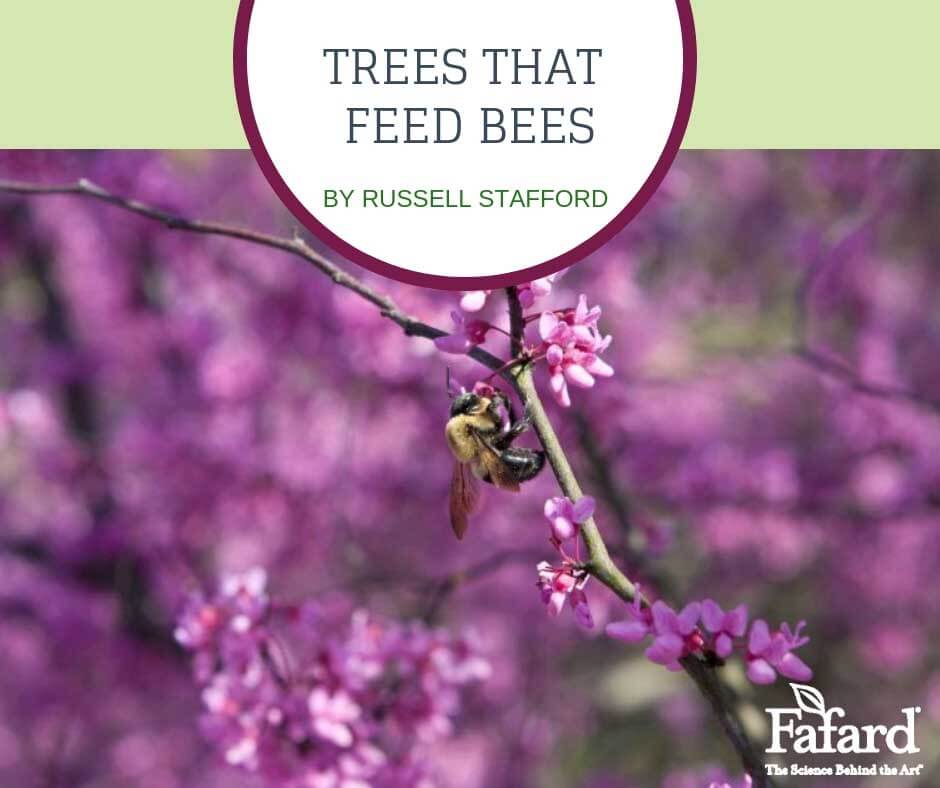
It’s sugaring season across much of southern Canada and the northern United States. The sun is climbing higher, temperatures are moderating, and maple sap is starting to flow.
You don’t need sugar maples to make good maple sugar, however. Purists may blanch at the thought, but several other maple species have sweet-flavored sap that flows on mild winter days and that boils down into delicious maple syrup (and other byproducts). For example, some of the best Vermont syrup is produced by farms that depend on red maple (Acer rubrum) for much of their sap. This is a good thing, given that Acer saccharum is in decline throughout most of its eastern Canada to Southeast U.S. range.
Sugar Maple

As its very name proclaims, sugar maple (Acer saccharum) is the traditional source of this arboreal nectar. It’s also a Currier and Ives icon of the Northland, holding sap buckets in late winter and producing five-pointed leaves in spring that turn fiery hues in fall. Mature, scaly-barked sugar maples line the streets of many old New England towns, as much a fixture as the clapboard colonial houses.
Red Maple

Red maple has a lot going for it as a sap source – especially for do-it-yourselfers who want to grow and tap their own trees. Its sap is only slightly less sweet than sugar maple’s, with about 50 gallons (rather than 40) required to produce a gallon of syrup. Moreover, red maple thrives in a much wider range of conditions and attains tappable size (10 inches diameter at breast height) more rapidly. Plant a sugar maple in a fertile, humus-rich soil in sun or light shade, and its trunk will broaden perhaps a third of an inch per year. A red maple under the same conditions will likely grow at twice that rate.
Red maple also more than holds its own as an ornamental plant, typically forming an oval-crowned, 40- to 50-foot tree with attractive smooth gray bark that becomes furrowed and scaly with age. The three-lobed leaves flush red in spring, deepen to lustrous dark-green in summer, and turn brilliant shades of red and orange in early fall. Conspicuous clusters of maroon-red flowers festoon the naked branches in late winter, providing pollen for early-emerging bees.
Numerous red maple cultivars are available from nurseries and garden centers, differing in characteristics such as size, habit, seed production, fall color, and cold-hardiness – so it’s likely there’s one that’s a good fit for your yard. In nature, it’s found over much of central and eastern North America.
Silver Maple

Red maple’s close relative silver maple (Acer saccharinum) is its equal as a maple syrup source, yielding sap of similar sweetness. Its massive mature size, invasive roots, and susceptibility to storm damage disqualify it as a yard tree unless a yard is of park-like dimensions. On the other hand, if silver maple is available for the tapping, its sap is well worth the effort.
Box Elder

The same goes for another rather weedy, weak-wooded maple, box elder (Acer negundo). Its common name and poison-ivy-like leaves notwithstanding, it is indeed a maple, and it does indeed yield sap that boils down into delicious syrup. Although the sap is only half as sweet as sugar maple’s, it’s produced at more than twice the rate, resulting in higher syrup yield per tree. Additionally, box elders are ready for tapping at a much younger age (within 5 years or so of planting) and smaller size (6 inches in diameter). Boxelder is also hardier and tougher than sugar maple, as evidenced by its coast-to-coast geographic range.
Boxelder has minimal ornamental value. Nonetheless, it has given rise to several spectacular variegated and gold-leaved cultivars, which are well worth planting. Look for ‘Flamingo’, with white-streaked leaves that emerge shrimp-pink in spring. If you’re considering growing ‘Flamingo’ for its sap as well as for its flamboyant foliage, keep in mind that it grows more slowly than the wild type.
Bigleaf Maple

The sugaring season continues sporadically from late fall to spring in the relatively mild climes of upland California and the Pacific Northwest. Here, the native species to tap is bigleaf maple (Acer macrophyllum). Its sap has slightly lower sugar content than that of sugar maple and flows most freely after relatively chilly nights.
Norway Maple

Just about any residential district in the U.S. is likely to host Norway maple (Acer platanoides). Formerly widely planted for its rapid growth and tolerance of city conditions, this Eurasian native has become a noxious weed in many areas of the U.S., invading native woodlands with its seedlings. It’s easily distinguished from sugar maple by its furrowed bark, plump egg-shaped terminal buds, and erect flower clusters, as well as by the thick milky sap that oozes from severed leaf stems. Its winter sap, on the other hand, runs clear and boils down into surprisingly palatable syrup.
Black Maple

Of course, if you’re fortunate enough to have some healthy sugar maples to tap, Acer saccharum remains the maple sugar tree par excellence – with the possible exception of its near-twin, black maple (Acer nigrum). Black maple differs from sugar maple in its yellower fall color; hairier leaf stems with droopy leaf blades; and more furrowed bark. Its sap, though, is equally sweet and delectable. In areas of the North-Central U.S. where it outnumbers sugar maple, black maple reigns as the most important sugaring tree.
Processing Maple Sap

You need a number of maples to tap for syrup. Each mature tree can produce between 10 to 20 gallons of sap per tree. It takes 40 gallons of sap to boil down to one gallon of syrup, so you need at least three trees to produce one gallon of maple syrup. Maple sugar houses require large sugaring pans to produce syrup. To learn more about how to process sap into maple syrup, read this article from Penn State Extension about Maple Syrup Production for the Beginner.
The best time to plant your own maple is in spring or early fall. Make sure the planting hole is the same depth as the root ball (or shallower in heavy clay soil), and at least three times as wide. Backfill with unamended soil, and mulch the area around the newly planted tree with an inch of Fafard Natural Premium & Organic Compost, topped with 2 to 3 inches of bark mulch. Water thoroughly, repeating when necessary (one or two times a week).














 Two other genera – Alocasia and Xanthosma – share much in common with Colocasia, including its common name. Alocasian elephant ears typically have long, pointed, arrowhead lobes, and are often etched with a mosaic of bold white veins. Species include the jewel-like
Two other genera – Alocasia and Xanthosma – share much in common with Colocasia, including its common name. Alocasian elephant ears typically have long, pointed, arrowhead lobes, and are often etched with a mosaic of bold white veins. Species include the jewel-like 












































 Although spectacular on their own, containerized cannas make an even more extravagant statement if combined with other heat-loving plants. For example, the flowers and foliage of gold- and red-hued Coleus provide a striking foil for the sunset foliar tones of Canna ‘Phaison’ (right). The possibilities are practically limitless, given cannas’ wide range of floral and foliage colors.
Although spectacular on their own, containerized cannas make an even more extravagant statement if combined with other heat-loving plants. For example, the flowers and foliage of gold- and red-hued Coleus provide a striking foil for the sunset foliar tones of Canna ‘Phaison’ (right). The possibilities are practically limitless, given cannas’ wide range of floral and foliage colors. Cannas slow their pace in fall, requiring reduced water as they gradually die back to their rhizomes. Dormant plants can be moved indoors, pot and all, for the winter, or the rhizomes can be lifted and stored in paper bags in a well-ventilated location. Either way, cool temperatures (below 60 degrees F) are best for storage.
Cannas slow their pace in fall, requiring reduced water as they gradually die back to their rhizomes. Dormant plants can be moved indoors, pot and all, for the winter, or the rhizomes can be lifted and stored in paper bags in a well-ventilated location. Either way, cool temperatures (below 60 degrees F) are best for storage.




